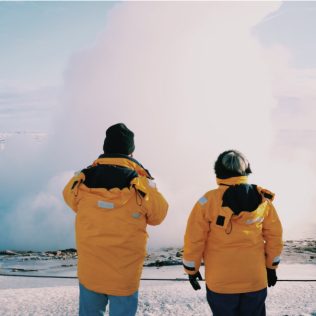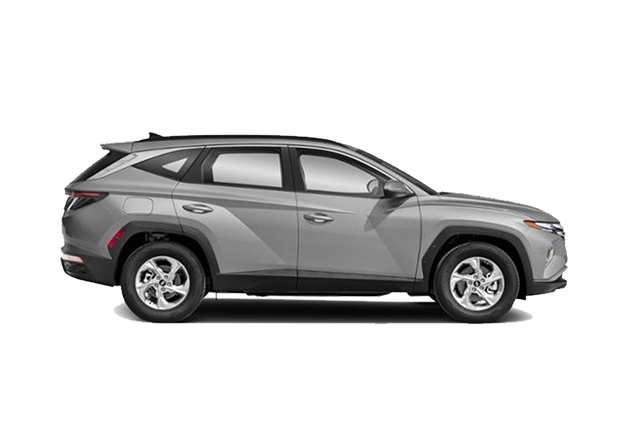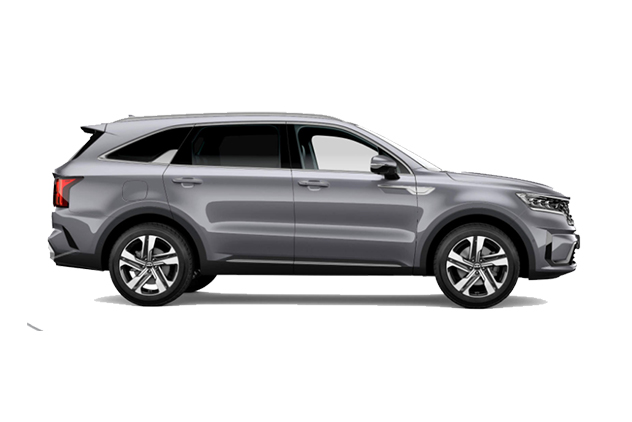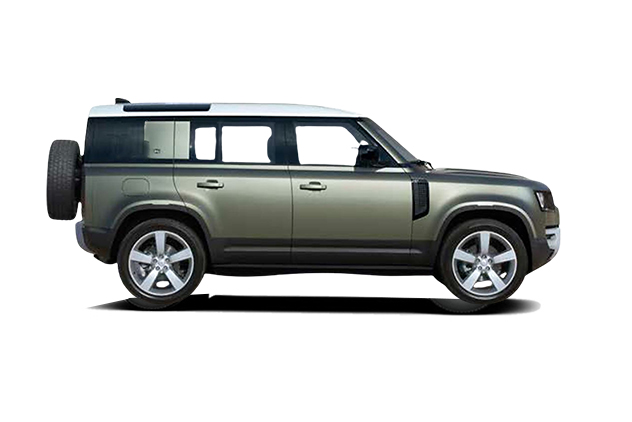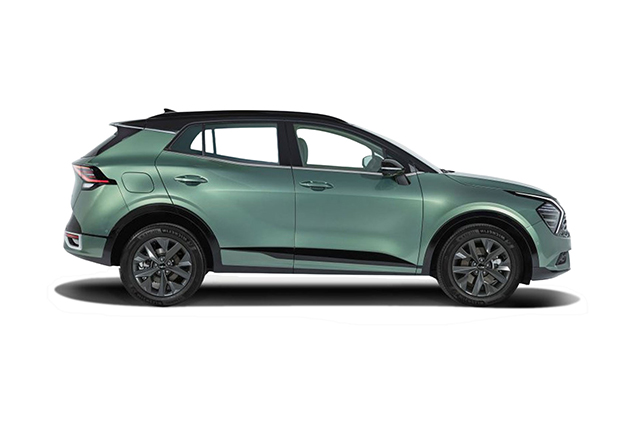Planning a trip to Iceland and wondering whether it will be too cold for you? If you want a quick answer, it depends on when, where, and what weather conditions you are experiencing when you are in Iceland. To have your question precisely answered, in this blog post, we’ll explore “Is Iceland cold?” and ‘How cold is it’ in more detail and provide all the information you need to prepare for your visit.
- Related links: Weather in Iceland; Driving in Iceland
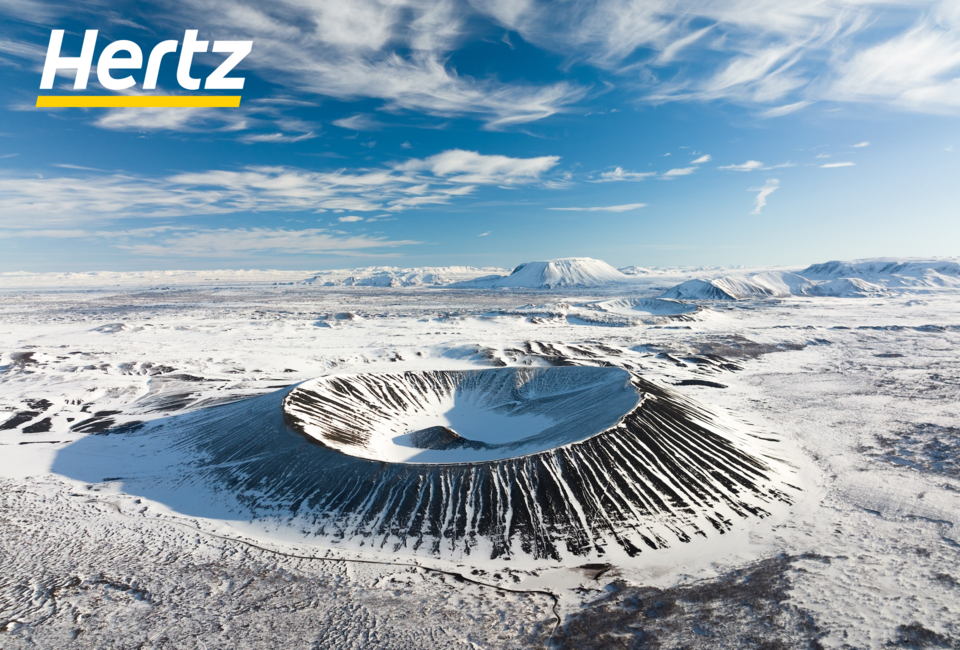
Iceland’s Climate Quick Recap
Iceland is close to the Arctic Circle, meaning it has a subarctic climate with mild, windy, and wet winters and cool, damp summers. The country’s location also makes it susceptible to cold Arctic air masses, which can cause temperatures to drop significantly. Iceland’s weather is unpredictable and changeable, with sudden changes in temperature and weather patterns. The local saying, “If you don’t like the weather, wait 5 minutes” perfectly concludes Iceland’s fast-changing and unpredictable weather. The country experiences a lot of precipitation, with rain and snowfall occurring throughout the year.
- Related reading: A Complete Guide to Iceland weather and temperatures year-round
Iceland’s Winter (October to April) Temperatures
The coldest month in Iceland is usually January, with temperatures ranging from about -1°C to 4°C (30°F to 39°F) in Reykjavik, the capital of Iceland. During this month, temperatures can drop to -10°C (14°F) or lower, especially in more remote areas, for example, the Westfjords and Eastfjords; or during particularly harsh winter storms.
However, compared to other countries on a similar latitude, Iceland’s climate is actually quite mild for its latitude, thanks to the influence of the warm North Atlantic Current. This means that even in the depths of winter, Iceland doesn’t experience the extreme cold that you might expect for a country at such a high latitude.
Unraveling the Winter Chill in Iceland: How Cold Does It Really Get?
As we delve deeper into the wintry embrace of Iceland, it’s imperative to consider the varied elements that contribute to the climatic narrative. Iceland’s winter chill isn’t uniformly felt; geographical location plays a pivotal role, with the southern coasts experiencing a milder climate, thanks to the warm currents of the Atlantic Ocean. In contrast, the northern regions witness a sharper plunge in temperatures, with the mercury often dipping to -20°C (-4°F).
Iceland’s Summer (May to September )Temperatures
In the summer months, temperatures in Iceland are much milder, with average highs of around 13°C (55°F) in July. However, it’s worth noting that even in the summer, temperatures can be quite cool, and you’ll likely need to wear warm layers and a waterproof jacket if you’re planning to spend time outdoors.
Average temperature of Iceland cities and towns in different parts of Iceland
| Reykjavik (capital) | Akureyri (North ) | Egilsstaðir (East) | Vík í Mýrdal (South ) | Isafjordur (West- Westfjords) | Stykkishólmur (West- Snæfellsnes) | |
| Jan | -0.5°C (31.1°F) | -3.5°C (25.7°F) | -4.2°C (24.4°F) | 3.3°C (37.9°F) | -2.2°C (28°F) | -0.6°C (30.9°F) |
| Feb | 0.1°C (32.2°F) | -2.7°C (27.1°F) | -3.3°C (26.1°F) | 3.2°C (37.8°F) | -2.2°C (28°F) | -0.5°C (31.1°F) |
| Mar | 1.1°C (34°F) | -0.7°C (30.7°F) | -0.7°C (30.7°F) | 3.5°C (38.3°F) | 0.1°C (32.2°F) | 0.3°C (32.5°F) |
| Apr | 3.5°C (38.3°F) | 2.4°C (36.3°F) | 2.4°C (36.3°F) | 4.5°C (40.1°F) | 2.8°C (37°F) | 2.5°C (36.5°F) |
| May | 7.3°C (45.1°F) | 6.4°C (43.5°F) | 6.2°C (43.2°F) | 6.5°C (43.7°F) | 6.1°C (43°F) | 6.5°C (43.7°F) |
| Jun | 10.1°C (50.2°F) | 9.6°C (49.3°F) | 9.3°C (48.7°F) | 8.6°C (47.5°F) | 9.1°C (48.4°F) | 9.7°C (49.5°F) |
| Jul | 11.5°C (52.7°F) | 11.2°C (52.2°F) | 11.1°C (52°F) | 9.5°C (49.1°F) | 10.7°C (51.3°F) | 11.1°C (52°F) |
| Aug | 11.2°C (52.2°F) | 10.8°C (51.4°F) | 10.6°C (51.1°F) | 9.2°C (48.6°F) | 10.3°C (50.5°F) | 10.9°C (51.6°F) |
| Sep | 8.9°C (48°F) | 7.8°C (46°F) | 7.2°C (45°F) | 7.8°C (46°F) | 7.3°C (45.1°F) | 8.0°C (46.4°F) |
| Oct | 5.3°C (41.5°F) | 3.4°C (38.1°F) | 2.1°C (35.8°F) | 5.5°C (41.9°F) | 3.5°C (38.3°F) | 4.3°C (39.7°F) |
| Nov | 2.1°C (35.8°F) | -0.4°C (31.3°F) | -1.8°C (28.8°F) | 3.6°C (38.5°F) | -0.5°C (31.1°F) | 1.1°C (34°F) |
| Dec | -0.1°C (31.8°F) | -2.6°C (27.3°F) | -3.9°C (25°F) | 3.3°C (37.9°F) | -1.9°C (28.6°F) | -0.2°C (31.6°F) |
It’s important to remember that temperatures can vary greatly depending on the location and time of day in Iceland. Additionally, weather patterns can be unpredictable, so it’s always a good idea to check the weather forecast before travelling to Iceland.
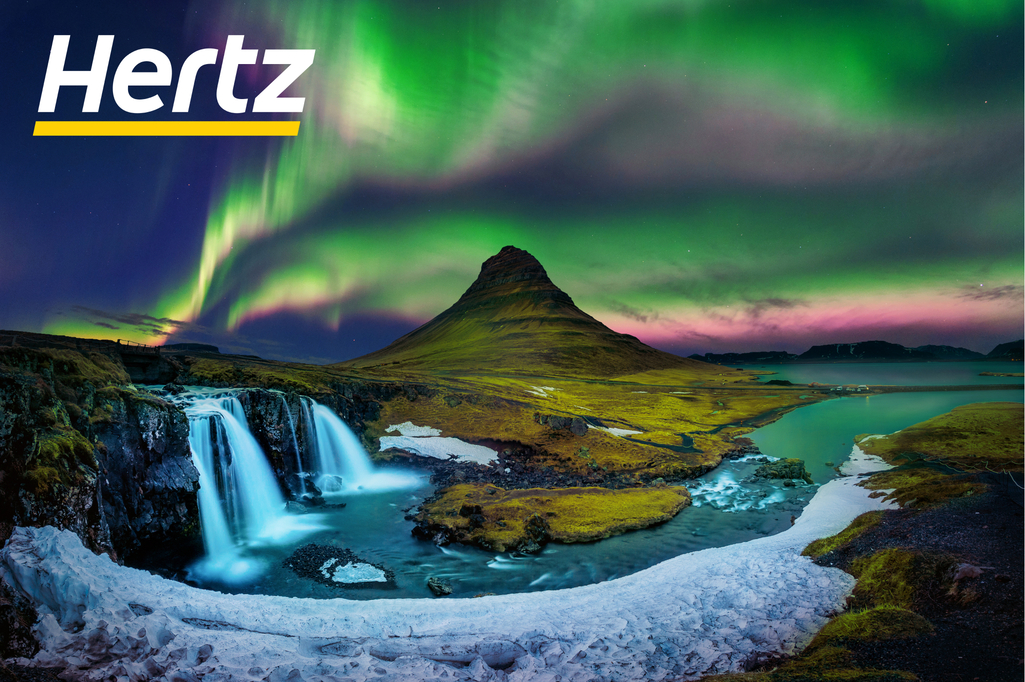
How Cold is it in Iceland Each Month?
- How cold is it in Iceland in January:
- The cold in January is piercing, with a crispness in the air that bites at exposed skin. The snow-covered landscapes shimmer under the limited daylight, exuding a serene yet icy ambiance.
- Discover more about Iceland in January.
- How cold is it in Iceland in February:
- February’s chill is persistent, yet slightly tempered as daylight begins to stretch. The cold feels crisp and clean, and the snow adds a silent, icy beauty to the landscapes.
- Discover more about Iceland in February.
- How cold is it in Iceland in March:
- A transitional month, March still carries the winter’s icy touch, but with a hint of thaw. The air is brisk, and while the cold is still pronounced, there’s a whisper of spring’s warmth on the horizon.
- Discover more about Iceland in March.
- How cold is it in Iceland in April:
- April’s cold is milder; the harsh bite of winter begins to soften. The air, though still chilly, is invigorated with the fresh scent of blooming flora, heralding the arrival of spring.
- Discover more about Iceland in April.
- How cold is it in Iceland in May:
- The cold in May is gentle, a subtle chill that lingers in the air amidst blooming landscapes. The warmth of the emerging summer begins to melt away the remnants of winter’s grip.
- Discover more about Iceland in May.
- How cold is it in Iceland in June:
- June experiences a soft cold, barely a whisper, as summer unveils its mild warmth. The midnight sun casts an enchanting glow, turning the chilly nights into a distant memory.
- Discover more about Iceland in June.
- How cold is it in Iceland in July:
- July is graced with a tender coolness, a refreshing contrast to the warmth of summer days. The midnight sun keeps the harsh cold at bay, illuminating the nights with a magical aura.
- Discover more about Iceland in July
- How cold is it in Iceland in August:
- In August, a mild chill begins to creep back into the air, especially during the evenings. The warmth of summer still lingers, but the cold starts hinting at the approaching autumn.
- Discover more about Iceland in August
- How cold is it in Iceland in September:
- The September air is kissed with a noticeable chill as autumn unveils its colorful tapestry. The cold is crisp, heralding the gradual return of winter’s icy embrace.
- Discover more about Iceland in September
- How cold is it in Iceland in October:
- October’s cold is assertive, a clear indication of winter’s impending arrival. The air turns brisk, and the first frost adorns the landscape, signaling the return of the icy season.
- Discover more about Iceland in October
- How cold is it in Iceland in November:
- November marks the onset of a profound cold, as winter unfolds its icy narrative. The chill is penetrating, wrapping the landscapes in a silent, frosty elegance.
- Discover more about Iceland in November
- How cold is it in Iceland in December:
- December’s cold is intense and profound, a silent companion to the snowy landscapes and limited daylight. Every breath is a reminder of winter’s deep embrace, yet there’s a magical allure in the icy scenery.
- Discover more about Iceland in December
Winter months from November to March are generally colder, marked by a piercing chill and snowy landscapes. Each month encapsulates a unique facet of Iceland’s enchanting yet icy allure. Dive into our detailed monthly blogs for comprehensive insights and tips to embrace Iceland’s cold in all its mystical grandeur.
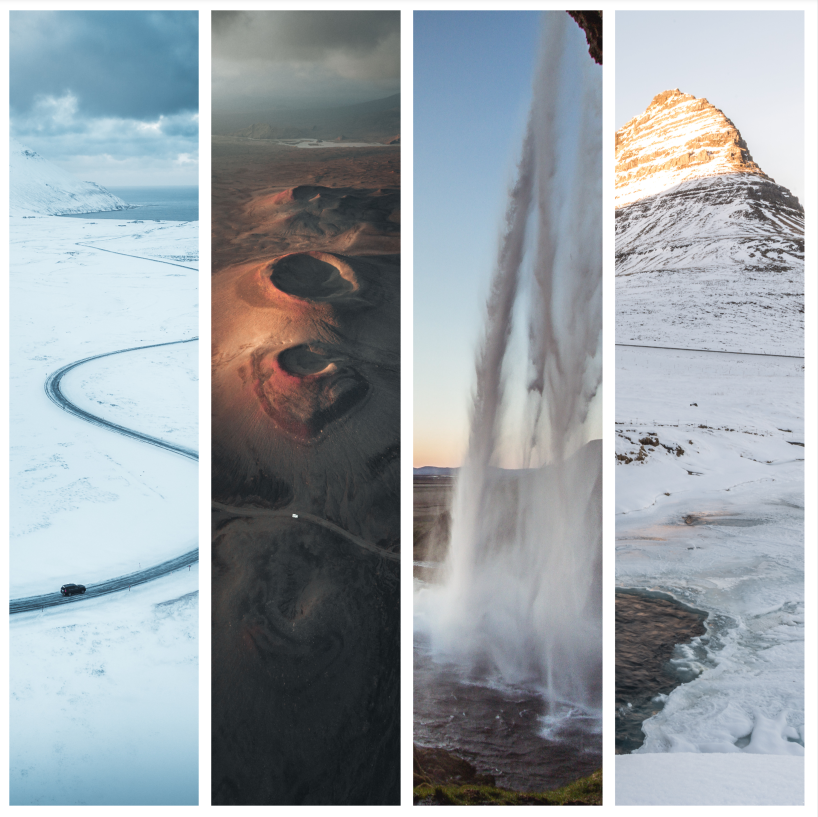
Wind Chill Factor: lowering the temperature you feel in Iceland (A LOT!)
One thing that makes Iceland feel colder than it actually is the wind chill factor. Iceland is known for its strong winds, which can make even relatively mild temperatures feel much colder. Wind chill is a measure of how cold it feels outside, taking into account both the air temperature and the strength of the wind. In Iceland, wind chill can make temperatures feel much colder than they are, especially in coastal areas.
What to Wear in Iceland?
When travelling to Iceland, especially in winter, it’s important to dress warmly and be prepared for cold temperatures, strong winds, and potentially heavy snowfall. Here are some clothing items to consider packing:
- Warm, waterproof jacket: Look for a jacket with good insulation to keep you warm, and make sure it’s waterproof or at least water-resistant to keep you dry in snow or rain.
- Insulated pants: To keep your legs warm, consider packing a pair of insulated pants that are windproof and waterproof.
- Warm base layers: Start with a good base layer that wicks moisture away from your skin and keeps you warm. Look for items made of wool or synthetic materials.
- Fleece or wool sweater: Layer a warm, thick sweater over your base layers for added warmth.
- Waterproof boots: Pack a pair of waterproof boots with good traction to help you walk on snow and ice.
- Warm socks: Make sure to pack warm, thick socks to keep your feet warm and dry.
- Hat, gloves, and scarf: Don’t forget to pack a warm hat, gloves, and scarf to protect your head, hands, and neck from the cold.
- Sunglasses: The bright, snowy landscape can be hard on your eyes, so bring a pair of sunglasses to protect your eyes from the glare.
- Hand warmers: Consider packing some disposable hand warmers to keep your hands warm in case of extreme cold.
Remember, it’s always better to pack too much warm clothing than too little, so don’t be afraid to bring extra layers and be prepared for changing weather conditions.
- Read Iceland Packing list for more packing info for different seasons in Iceland

Is Iceland cold?
Iceland is a cold country, but its climate is more complex than just being ‘cold’. The country is known for its extremes, and its climate is no exception. Whether you’re visiting in the depths of winter or during the long, bright days of summer, it’s important to be prepared for the weather and to dress in warm, waterproof layers to stay comfortable in Iceland’s chilly climate.
